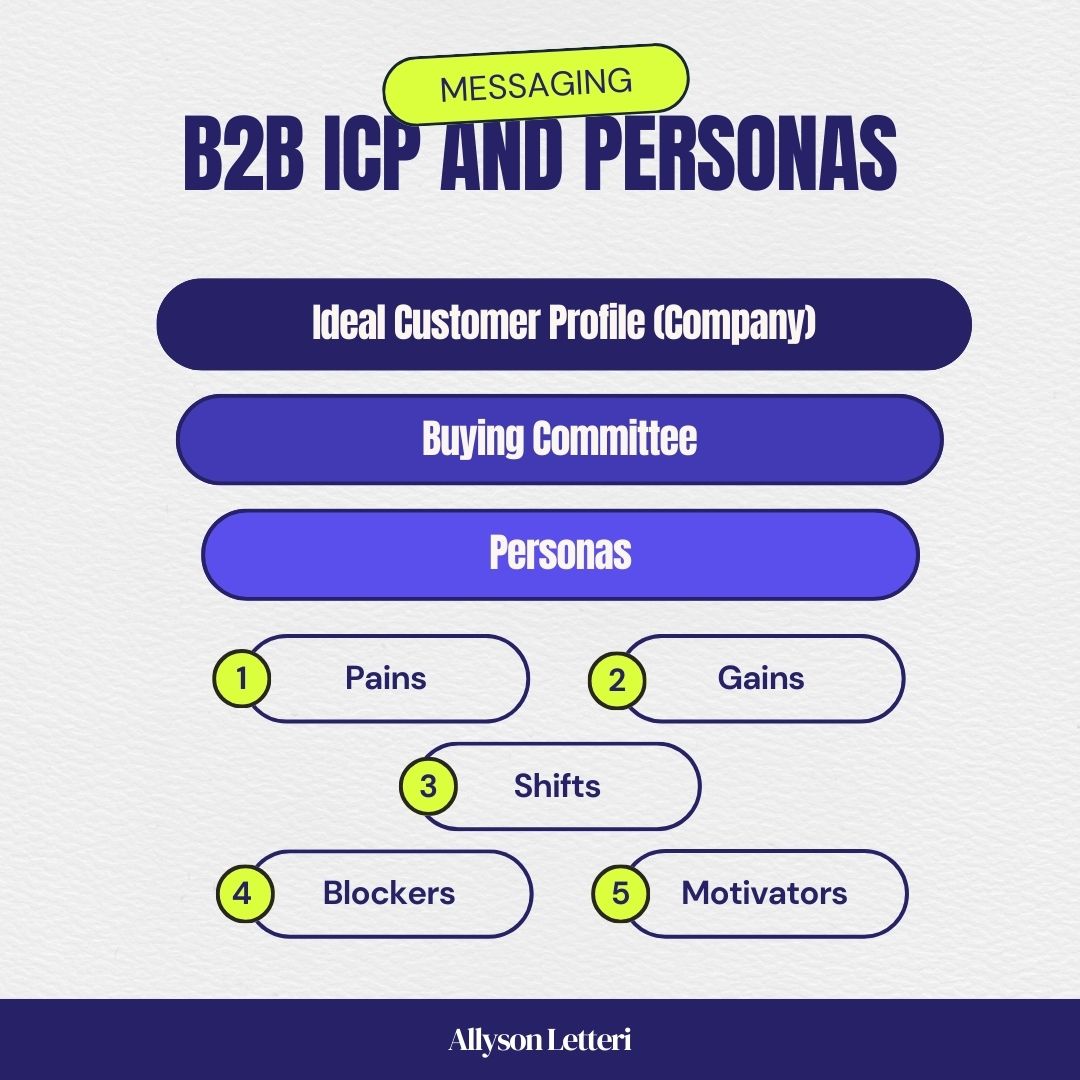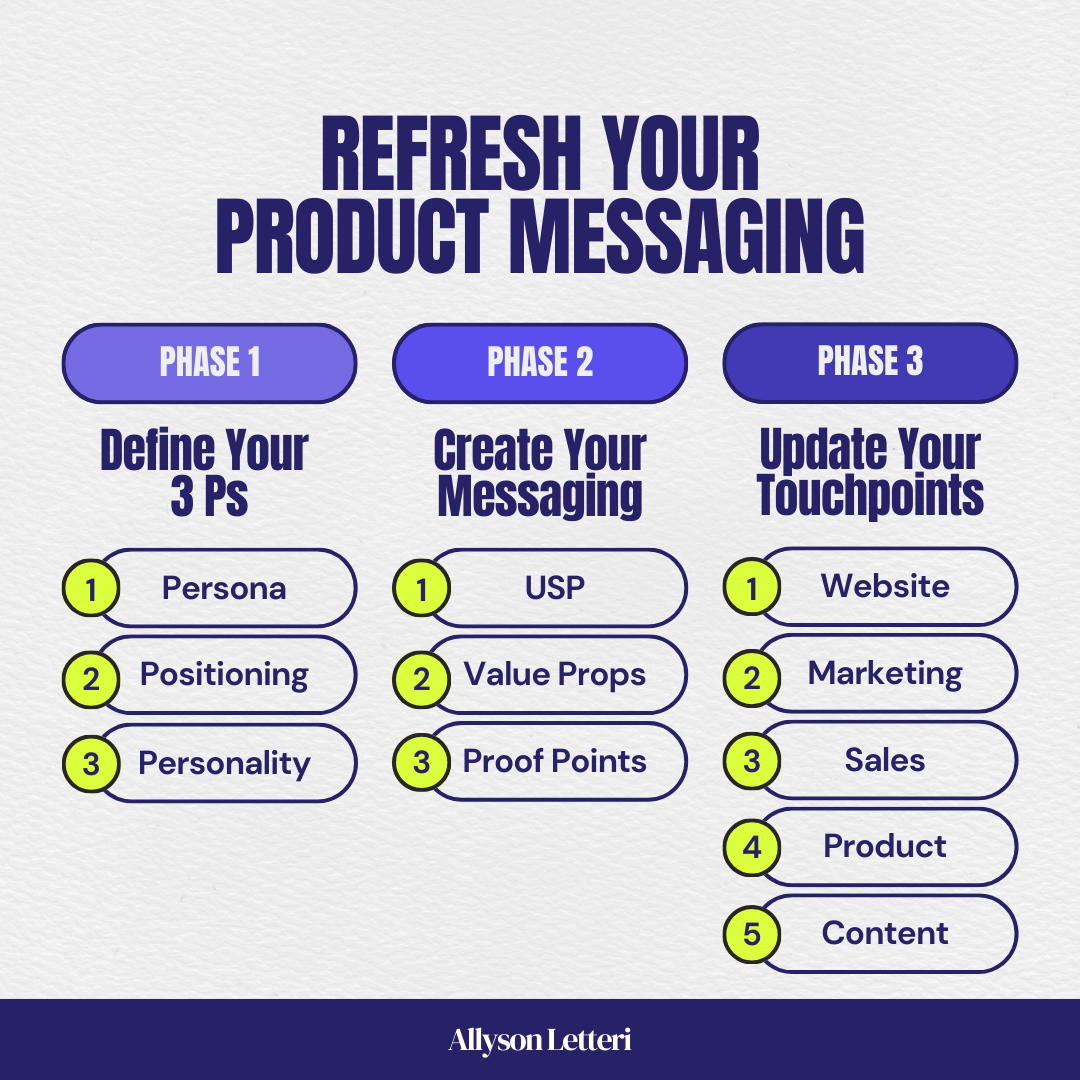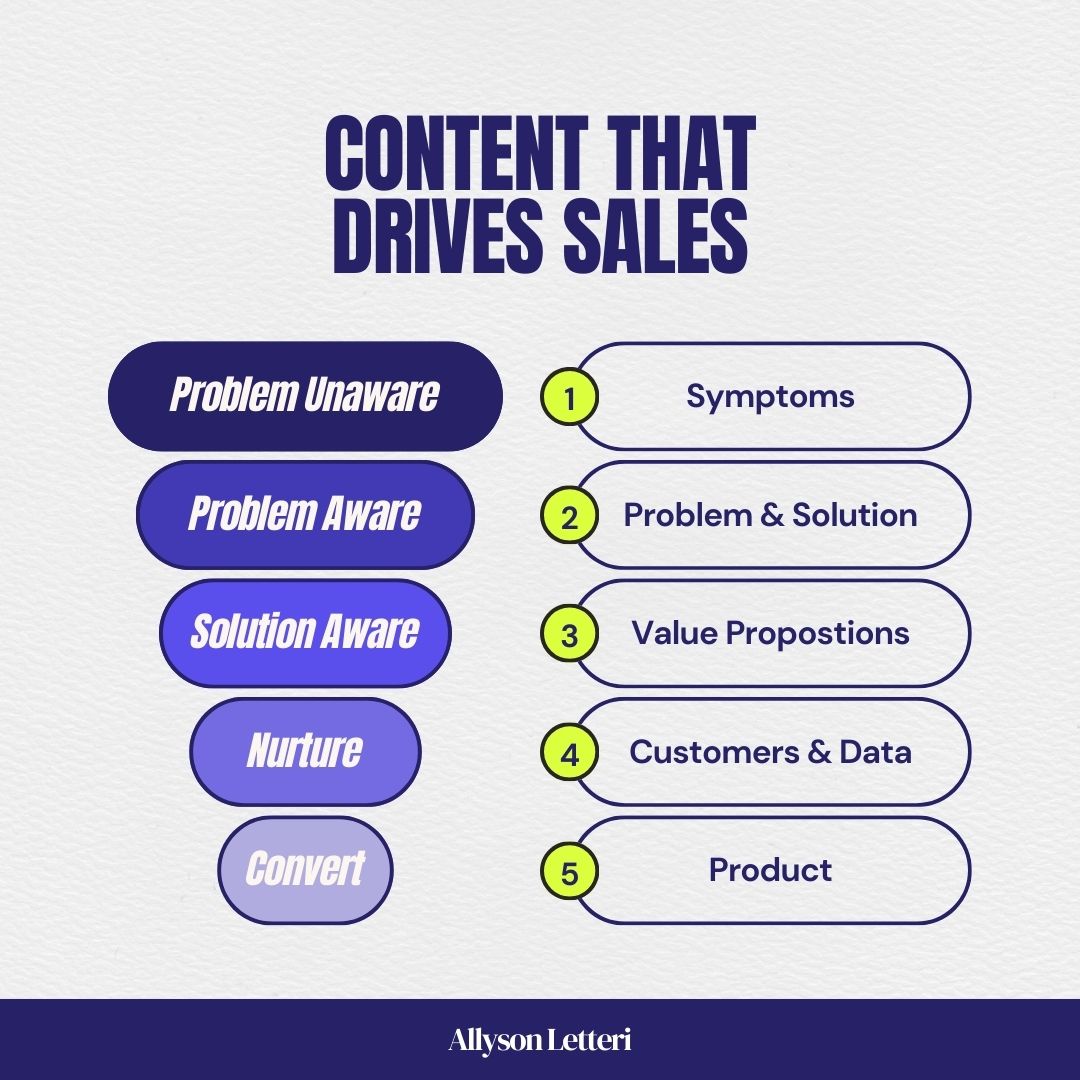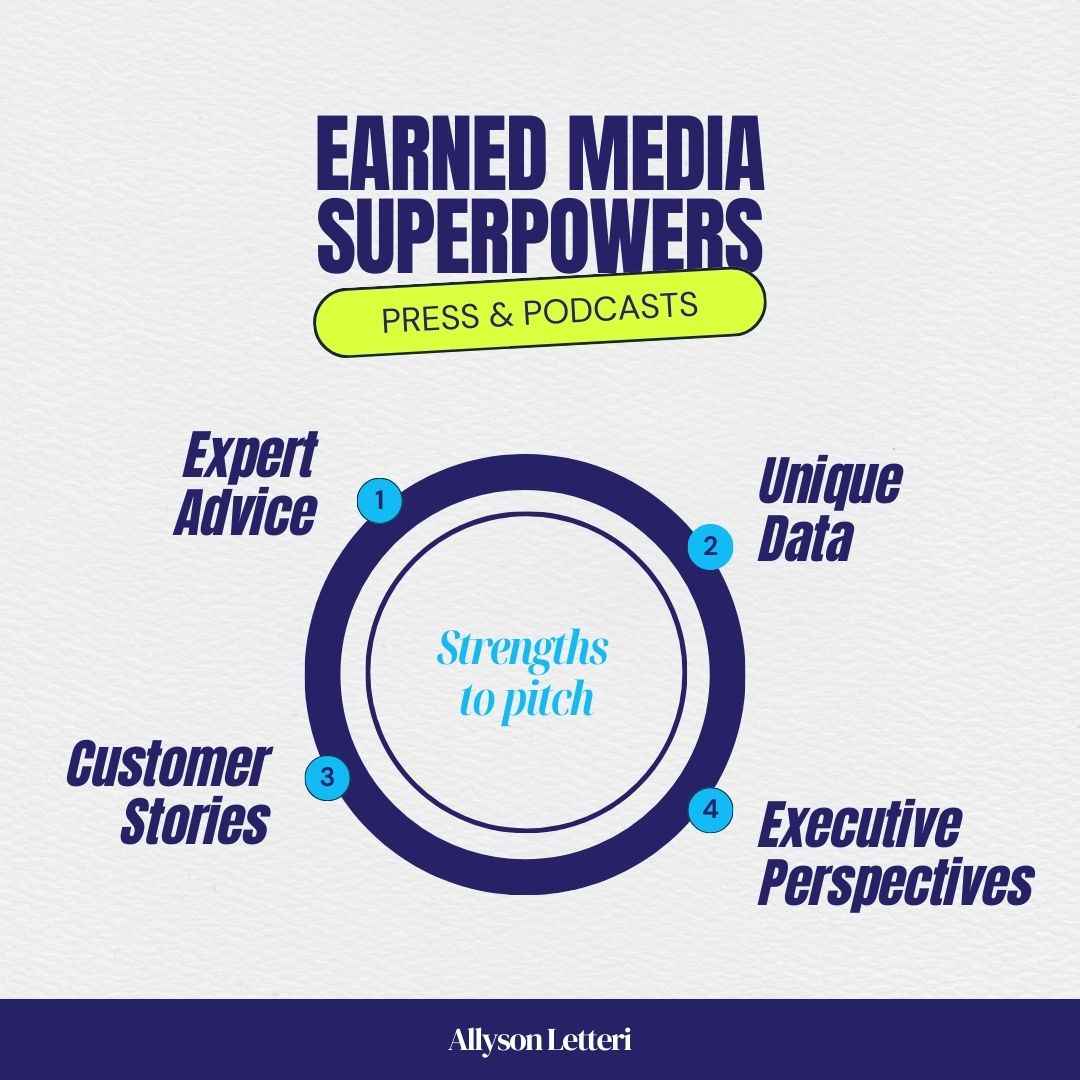It’s your new employee’s first day, so imagine life without an onboarding plan. They’re probably spending the morning filling out HR paperwork, figuring out your Slack, and watching trainings. But now it’s lunchtime and without an onboarding plan, they’re probably thinking “I want to dive in, but where the heck do I start?” Now there’s a knot in their stomach.
Don’t let this happen to your team members! Instead, create an easy to digest but comprehensive new hire onboarding plan to focus their time. Here are five section to build into an onboarding plan for new employees to make their first week (and month!) productive.

1) What are their responsibilities?
It’s awesome that you wrote a great job description that attracted your candidate. Now that they’re officially on your team, pull that JD up again. Summarize their key responsibilities in your onboarding plan so it’s super clear. Make it obvious what areas of the business they own and what’s expected of them.
Say you just hired a content marketing manager. Are they responsible for your entire editorial roadmap for your company’s blog and social media accounts? Or do they just own the roadmap for your consumers, and someone else creates all the content for your corporate clients? You may have talked about a range of things this person could do in their interviews. But now it’s time to put a finer point on their responsibilities, especially for the first 3-6 months, so they’re crystal clear.
TIP: You likely want to be more specific and less open ended about this person’s key responsibilities than you were in their JD. Try to cut out ambiguity. But you can also highlight where you want the new hire to help define their responsibilities after they’ve learned more about the business.
2) What are their 90 day goals?
Once a new hire starts, you’ve probably needed someone like them on your team for a while. Now’s a great time to list the specific goals and accomplishments you want to see in their first 90 days. As a manager, you have the knowledge to prioritize what work your team does. Clarifying goals in their onboarding plan will help your new hire drive results faster.
Be sure to include two types of goals:
- Metrics goals: these are goals that you can quantify and have a clearly measurable outcome. They focus on an end result for your business. This could be a number of new sales leads or new users your team member needs to acquire.
- Milestone goals: these are a precursor to metrics goals. Maybe your team member need to meet with PR agencies and generate a shortlist by a certain date. Or maybe they need to create and launch a user sentiment survey by next month. These goals don’t have a numerical target, but they’re an important milestone towards getting results.
The clearer the goals, the more focused your new team member can be. And the more likely they are to deliver on your highest priority business needs.
TIP: In their first week, ask your new hire to share their 90 day plan with you after they’ve been in their job for 2-3 weeks. This makes them synthesize what they’ve learned and present a realistic workplan to hit their goals.
3) What documents will give them context?
You’re way ahead if your company has a well-organized content management system or wiki. But more than likely, there’s a long list of useful docs that you need to pull from many sources for your new hire. This is a great investment for your team. Create a reading list of the most important team and company docs, and update it as new people join. You could simple link out to docs in a Google doc. Or you could organize a set of folders containing docs and links. Be sure to include:
- Company-level strategy docs
- Team OKR and goal docs
- Function specific docs from your team
- Function specific docs from teams they’ll collaborate with
- Links to key resources (wiki, portals, subscriptions) they need to use
Remember, your goal is to help this person rapidly get context on the business. So they need to know about your own team’s goals and plans. But they also need insights into the company’s overall strategy and other team’s plans. Try to be comprehensive but also curate the list to include only must-reads.
TIP: ask your new hire to summarize 5 key takeaways from the docs that impact their own role. What did they learn that they need to keep in mind as they start their own work?

4) Who do they need to meet?
This is the fun part! Your new team members’ first few weeks should be filled with Zoom coffee chats and shadowing people in meetings. These early meetings help your team members build essential relationships. And the meetings will give your new hire insights into the needs of other teams, company culture, and growth opportunities.
Create a list of who the new hire should meet and include this info:
- Name of person
- Title and function
- How long they’ve been with the company
- Suggested timing for meeting (week 1 or 2? 30 or 60 minutes long?)
- Key topics to cover and questions to ask
That last bullet is key. To make sure the meeting is productive, be clear on a proposed agenda. Encourage your new team member to summarize highlights from the conversations. And encourage them to keep a list of any lingering questions they have so you two can discuss.
TIP: Send a quick intro about the new employee and an overview of their responsibilities to the group of people they need to meet. Ask the CURRENT employee to find their name on the list and proactively schedule a meeting with your new team member. Ask them to follow the date and duration you noted in this section. And ask them to copy the suggested topics into the meeting agenda in the calendar invite!
5) What do they need to know about team meetings?
It can be hard for a new team member to piece together where they need to be when. Scanning their calendar won’t make the full picture clear. The cadence and purpose of each meeting may not be clear, and it’s a lot of work.
Include a section called “key meetings” in your onboarding 90 day plan. List the following information:
- Title of meeting
- Purpose of meeting
- Duration and frequency
- Key attendees
- Link to agenda or other docs
TIP: This is also a great place to suggest what new meetings your new hire should set up. They should proactively schedule 1:1s and other key meetings. And they should create an agenda doc for each that’s linked in the calendar invite.
Onboarding Plan template
Including all five of these sections into your new hire onboarding plan will ensure that day 1 (and even day 30) go much more smoothly. Your new team member will have a guide to refer back to anytime they need clarification. And you’ll ensure they are focused on the most important goals, background reading, and relationships immediately.
In summary, include these five sections in a clear 90 day onboarding plan. And *bonus*: once you create the guide once, you can reuse many of the sections as you create onboarding plans for more new hires!
Onboarding plan for [name]. Welcome to the team!
- Responsibilities
- Goals
- Reading List
- Who to meet
- Meetings overview





